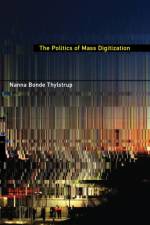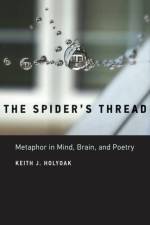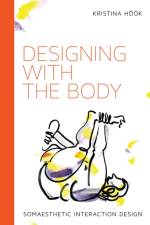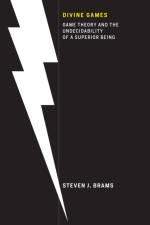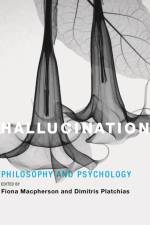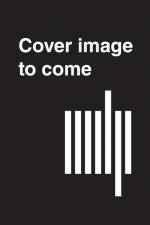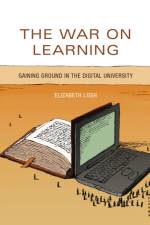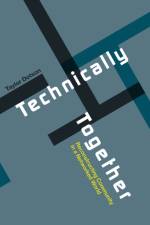815,-
Scholars from a range of disciplines offer an expansive vision of the intersections between new information technologies and the humanities.Between Humanities and the Digital offers an expansive vision of how the humanities engage with digital and information technology, providing a range of perspectives on a quickly evolving, contested, and exciting field. It documents the multiplicity of ways that humanities scholars have turned increasingly to digital and information technology as both a scholarly tool and a cultural object in need of analysis.The contributors explore the state of the art in digital humanities from varied disciplinary perspectives, offer a sample of digitally inflected work that ranges from an analysis of computational literature to the collaborative development of a “Global Middle Ages” humanities platform, and examine new models for knowledge production and infrastructure. Their contributions show not only that the digital has prompted the humanities to move beyond traditional scholarly horizons, but also that the humanities have pushed the digital to become more than a narrowly technical application.ContributorsIan Bogost, Anne Cong-Huyen, Mats Dahlström, Cathy N. Davidson, Johanna Drucker, Amy E. Earhart, Kathleen Fitzpatrick, Maurizio Forte, Zephyr Frank, David Theo Goldberg, Jennifer González, Jo Guldi, N. Katherine Hayles, Geraldine Heng, Larissa Hjorth, Tim Hutchings, Henry Jenkins, Matthew Kirschenbaum, Cecilia Lindhé, Alan Liu, Elizabeth Losh, Tara McPherson, Chandra Mukerji, Nick Montfort, Jenna Ng, Bethany Nowviskie, Jennie Olofsson, Lisa Parks, Natalie Phillips, Todd Presner, Stephen Rachman, Patricia Seed, Nishant Shah, Ray Siemens, Jentery Sayers, Jonathan Sterne, Patrik Svensson, William G. Thomas III, Whitney Anne Trettien, Michael Widner

